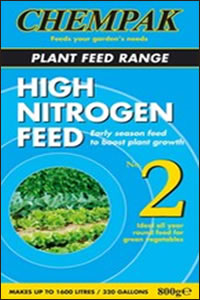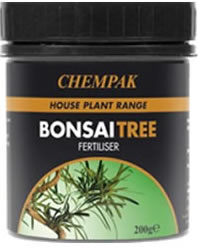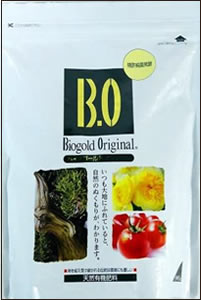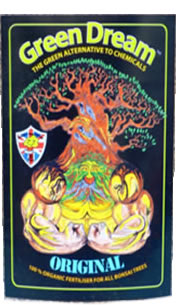Bonsai Feeding
Feeding or fertilizing regularly during the growth season is essential for your bonsai to grow and develop or even to just survive. Trees in the ground are able to extend their root system looking for nutrients; bonsai are planted in small pots and only repotted into fresh soil every year or so; they soon use up the nutrients in the soil and need to be fertilized in order to replace the soil's nutritional content. In order to grow, trees use carbon, hydrogen and oxygen from the air, and water from the soil to produce their own starch and sugars. They also need from the soil a number of simple chemicals which they then use to create amino acids, proteins, vitamins and enzymes.
Basic Ingredients of Fertilizer
The main basic elements of any fertilizer are Nitrogen (N), Phosphorous (P) and Potassium (K), with each element serving different purposes. Nitrogen improves growth of leaves and stems; phosphorus encourages healthy root growth and growth of fruits and flowers while potassium promotes overall plant health. Different ratios of these are used for different trees at different times of the year, though some ‘experts’ recommend using the same product throughout the year, it is certainly simpler.
When Should I Apply Fertilizer?
Most bonsai trees should be fertilized throughout the entire growth season of the tree, from early spring until autumn. Older and more mature trees should be fertilized less frequently, depending on the species, the time of year, the stage of development and health of the tree. It is not recommended to fertilize repotted trees for about a month; it is best to allow them to settle in their new soil mix which will contain sufficient nutrients. Do not fertilize sick trees as they will not be able to metabolize the nutrients and it could make them worse; wait until they show signs of new growth and then resume feeding.
Which Fertilizer to Choose?
It is important to choose the right fertilizer and to apply the right quantities. It is recommended to use a fertilizer with relatively high nitrogen content in spring. There are many brands available to purchase online or from garden centres. A number of bonsai nurseries mix their own favourite, highly recommended ‘mixes’ on which I can make no comment except to say you pay for their mixing and packaging time.

Foliar Feeding of Bonsai
Plants are capable of absorbing nutrients and moisture through the stomata or pores on the underside of their leaves/needles. This is now proven but was for many years a subject of debate. Eventually, by using radio-active feeds of phosphorous and potassium, it was proved conclusively that foliar feeding of plant nutrients really works. Researching possible peaceful uses of atomic energy in agriculture, they used radio-active phosphorous and radio-potassium to spray plants, then measured with a Geiger counter the absorption, movement and use of these nutrients within plants.
- Plant nutrients moved at the rate of about one foot per hour to all parts of the plants. Comparing efficiency of plant use of foliar-fed nutrients versus soil-applied nutrients near roots,
- Foliar feeding provided about 95 percent efficiency of use compared to about 10 percent of use from soil applications.
- The speed of absorption and use by foliar applications was immediate, whereas from soil applications, absorption and plant utilisation were both very slow.
It gives a very rapid boost to tree deficient in nutrients.
The reason many plants suffer nutrient deficiencies is usually due to problems with the soil mixture they are in.
A relatively small amount of plant nutrients, foliar-applied, can result in a greater volume entering into the plant than is possible by root feeding alone. This fact can be used by the bonsai grower to great advantage because it enables us to get nutrients into a plant whose root system has been recently disturbed following re-potting, thus aiding recovery.
The best time to foliar feed is late evening or early morning. These are the times when the stomata (the small pores on the leaves) are open. Avoid foliar spraying when the temperature is above 80oF when the weather is hot and dry. Spray from beneath as well as above.
‘Green Dream Ex Fish’ is a relatively new high quality organic fish emulsion based fertilizer produced from fish and seaweed; it releases the nutrients slowly, preventing the burning delicate roots. It has surprisingly little odour compared to many fish based products and does not create any lingering smell once applied. It is used economically with a dilution of just 5ml. per litre for soil application or 2ml. per litre for foliar application.
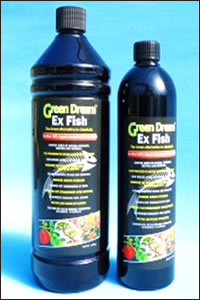

How and when to fertilize bonsai trees?
Feed your bonsai using the quantities and frequency as stated on the fertilizer’s packaging. You can choose to reduce the recommended quantity slightly for trees that are not in training anymore, to balance their growth instead of stimulating it. When using solid fertilizer it helps to use fertilizer covers which make sure the fertilizer stays in place. Never over-feed your trees, as this can have serious consequences for their health.
The tree we want to fertilize.
Put the fertilizer in cups/baskets, to make sure it is not washed away while watering or eaten by birds. The cups are then placed onto the soil surface the number varying with the size of the tree and pot.

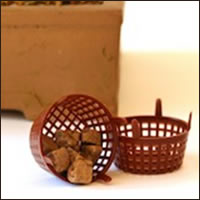



You can however also choose to feed the tree with a liquid fertilizer, water when diluted onto the surface of the soil, not the foliage. Do not do this in full sun or you may scorch the leaves or at best leave a residue on the leaf surface. It is best done early morning or evening. Liquid fertilisers are mixed with water and are applied to the whole of the soil surface until no more can be absorbed and surplus fertiliser runs out of the holes.
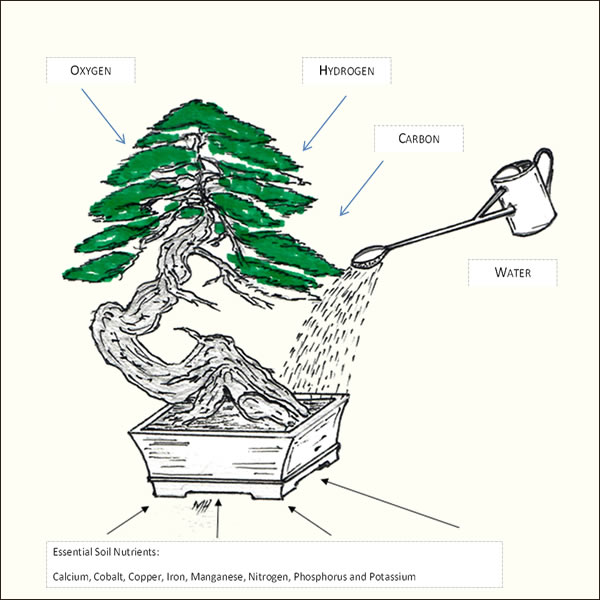
Web design: nysys
